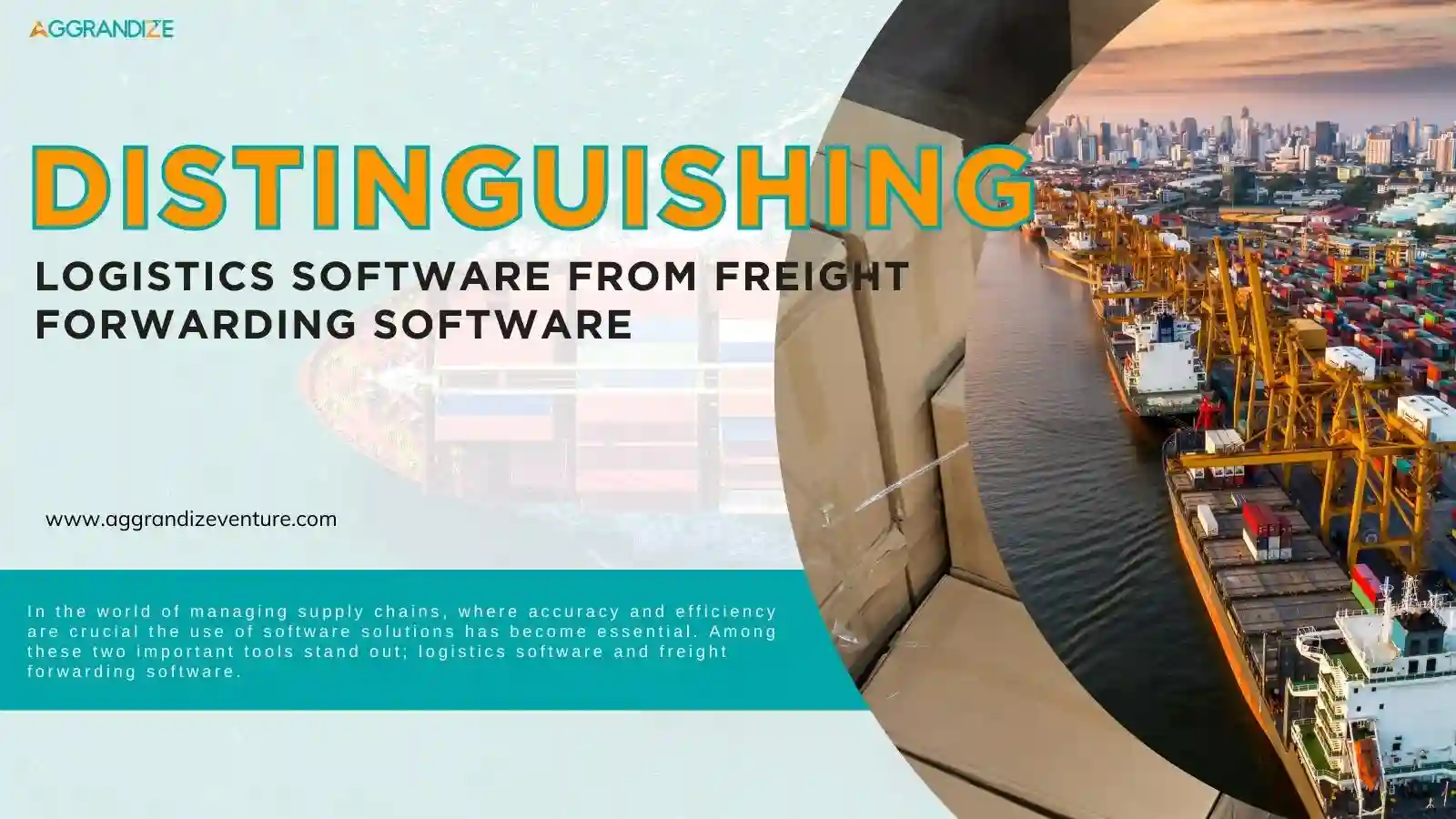Freight Forwarding
Distinguishing Logistics Software from Freight Forwarding Software
Date: 19-03-2024
In the world of managing supply chains, where accuracy and efficiency are crucial the use of software solutions has become essential. Among these two important tools stand out; logistics software and freight forwarding software. While both play roles in streamlining operations understanding their functions and capabilities is vital, for businesses looking to improve their logistics processes.
Let’s explore what distinguishes logistics software from freight forwarding software
Logistics software covers a range of activities in the supply chain, including inventory management, optimizing transportation, warehouse operations and order fulfillment. It integrates aspects of logistics operations to improve efficiency and visibility.
On the hand freight forwarding software is more specialized. Focuses mainly on facilitating the movement of goods from one place to another. It primarily handles tasks like managing freight rates booking shipments and tracking cargo movements.
Features and Functionality
Logistics software provides a set of features tailored to manage the logistics system. This includes route planning, fleet management, load optimization, real time tracking and performance analysis. Its flexibility enables businesses to streamline operations at all stages of the supply chain.
Freight forwarding softwareis designed with functionalities, for freight forwarding activities. These tasks could involve overseeing shipping costs dealing with customs paperwork working closely with transportation companies and guaranteeing adherence to laws. The main goal is to streamline the process of transporting goods across countries and using modes of transportation.
Integration Capabilities
Logistics software is known for its integration features allowing smooth connections, with systems like enterprise resource planning (ERP) software,Warehouse management systems(WMS) and Transportation management systems(TMS). This compatibility promotes the exchange of data and synchronization across platforms improving visibility and collaboration within the supply chain.
In comparison freight forwarding software might have integration options with systems such as customs portals or carrier platforms. Its integration capabilities are usually more restricted than those of logistics software. Its main focus lies in simplifying freight related processes than integrating deeply into the logistics network.
Scalability and Customization
Thanks, to its functionality’s logistics software is often highly scalable. Customizable to cater to the diverse needs of businesses of all sizes and industries. It can adjust to changing business demands and support growth strategies by providing workflows and modules.
On the hand freight forwarding software may provide some customization features to align with freight management workflows. However, its scalability may be constrained compared to logistics software since it mainly serves the requirements of freight forwarding firms and may lack the flexibility needed for logistics activities. In summary although logistics software and freight forwarding software both aim to improve supply chain efficiency they vary in terms of scope, features, integration options and scalability. Selecting the appropriate software solution hinges, on the requirements and goals of the company.